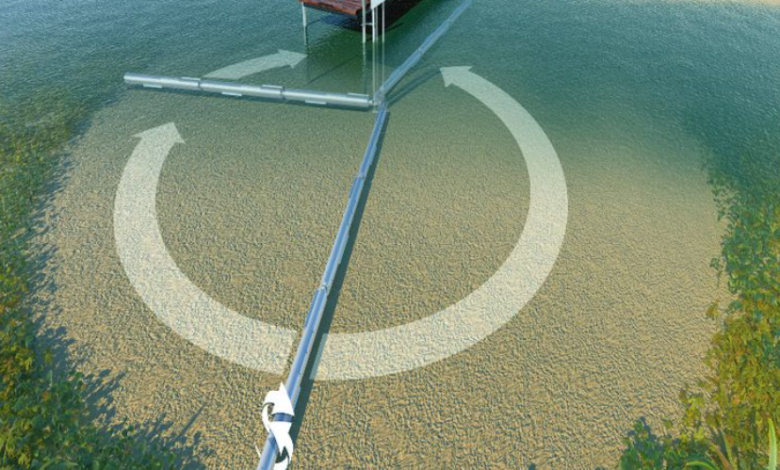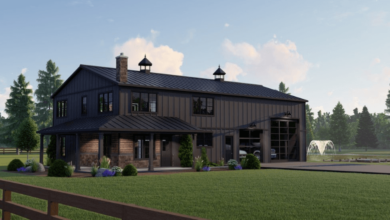Lake Water Treatments Restoring Clarity, Health, and Balance to Natural Waters

Lakes are vital ecosystems that support wildlife, biodiversity, and mortal enjoyment. still, over time, numerous lakes suffer from pollution, algae blooms, foul odors, and declining oxygen situations. These issues not only affect the aesthetic appeal of the lake but also pose serious pitfalls to submarine life. That’s where effective lake water treatments come into play — offering wisdom- backed results to restore and save clean, balanced, and healthy freshwater systems.
Whether you are managing a small private lake, a large external body, or a marketable water point, lake water treatments are essential for long- term ecological sustainability.
Understanding the Need for Lake Water Treatments
Lake water deteriorates due to colorful natural and man- made factors, including
Runoff carrying diseases, fungicides, and organic waste
Accumulated dead foliage and sludge
unbounded growth of algae and invasive submarine shops
Low dissolved oxygen situations, causing fish kills and odor
Temperature shifts and water recession leading to position
The result? A murky, foul- smelling lake with declining biodiversity. Without timely intervention, water quality continues to degrade, creating an imbalance that can take times to reverse.
See also: The Ultimate Guide to Using a Solana Calculator for Accurate Price Predictions
Types of Lake Water Treatments
1. Aeration Systems
Aeration is the backbone of numerous lake operation plans. By adding oxygen situations through diffused air systems or face aerators, the lake’s natural natural processes are enhanced. Oxygen supports salutary bacteria, discourages anaerobic conditions, and reduces foul odors.
Bottom diffusers push air through the lake bottom, ideal for deep lakes.
face aerators ameliorate rotation in shallower or lower lakes.
Aeration also prevents thermal position, where different water layers remain undiluted, creating dead zones at the bottom.
2. Biological Treatments
Biological treatments use salutary bacteria and enzymes to digest organic waste, sludge, and redundant nutrients. This natural approach reduces the food source for algae and helps rebalance the lake’s ecosystem without harming fish or shops.
Bioaugmentation involves adding concentrated microbial composites into the lake.
safe-deposit box for wildlife and effective over time with minimum environmental impact.
3. Algaecides and Dressings
In cases of severe algae or invasive submarine factory outbreaks, EPA- approved algaecides and dressings may be used. These treatments target nuisance species like filamentous algae, duckweed, or Eurasian milfoil.
Care must be taken to use products that arenon-toxic to fish and humans, and treatments should be administered by trained professionals.
4. Nutrient Inactivation
Phosphorus is a major contributor to algae blooms. Treatments like alum( aluminum sulfate) bind to phosphorus in the water and deposition, making it unapproachable to algae. This process is called nutrient inactivation or phosphorus locking.
It’s an effective strategy for long- term algae control in nutrient-rich lakes.
5. Mechanical Harvesting
In lakes overhauled by thick submarine foliage, mechanical harvesting physically removes shops, debris, and algae mats from the water. It’s a rapid-fire and effective result for restoring water clarity and perfecting lake usability.
Stylish Practices for Sustainable Lake Management
Regular water testing for nutrient situations, pH, and dissolved oxygen
precluding runoff through buffer zones of native foliage
Installing deposition forebays or pollutants at stormwater coves
Educating property possessors and residers on responsible land practices
A long- term lake health plan requires monitoring and precautionary conservation alongside reactive treatments.
Benefits of Effective Lake Water Treatments
Advanced water clarity and quality
Reduction in algae and submarine weed overgrowth
Restoration of natural submarine territories
Healthier fish populations and biodiversity
Enhanced recreational and aesthetic value
Whether for fishing, voyaging, swimming, or simply enjoying the view, a treated lake becomes a treasured community asset.
Conclusion
Lake water treatments are n’t a one- size- fits- all result — they bear a combination of mechanical, natural, and chemical strategies acclimatized to each water body’s unique requirements. By addressing the root causes of pollution and promoting natural restoration, you can revitalize indeed the most neglected lakes into thriving submarine surroundings.
With professional guidance and a visionary approach, lake water treatment becomes a important tool in guarding these precious ecosystems for unborn generations.




